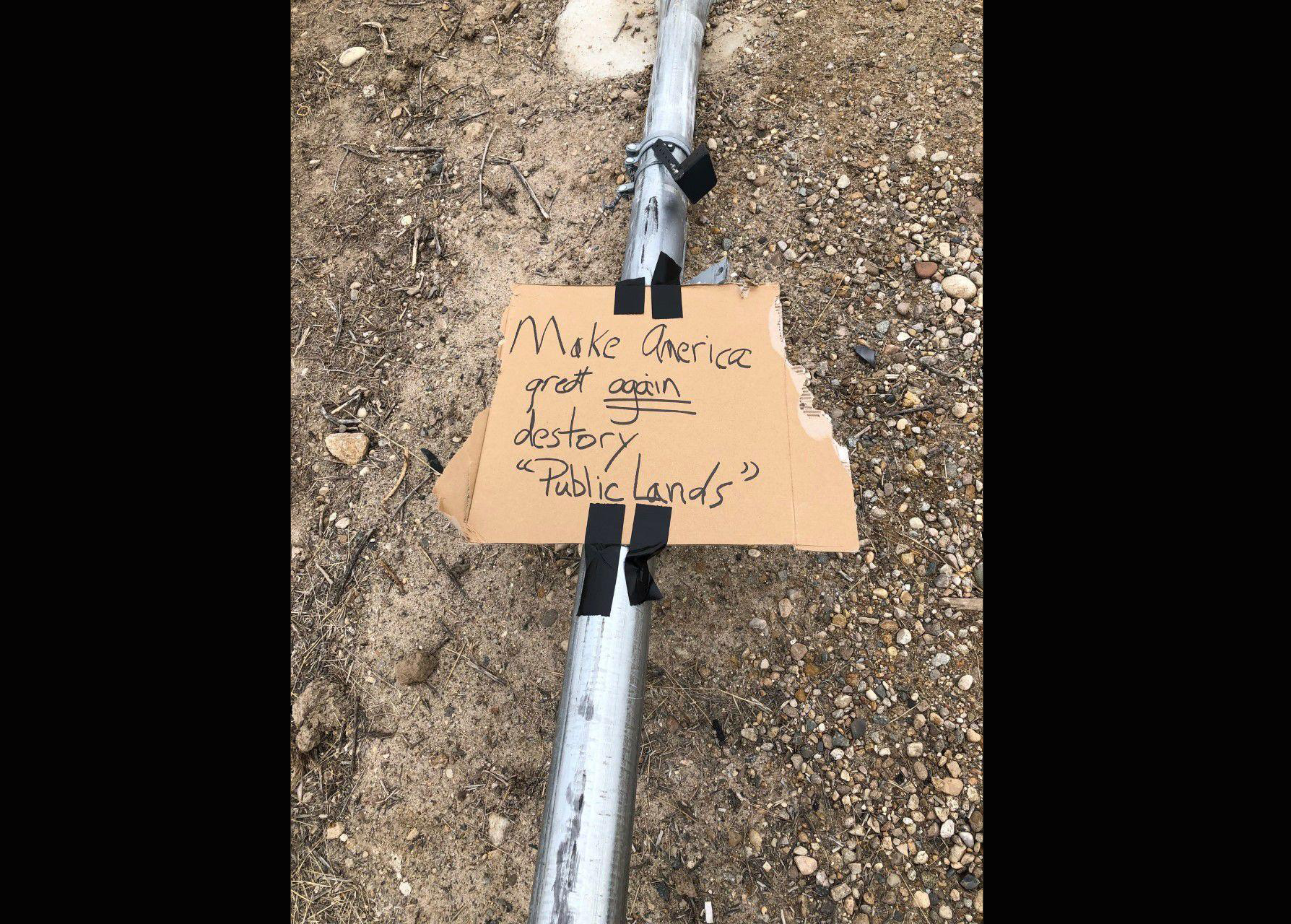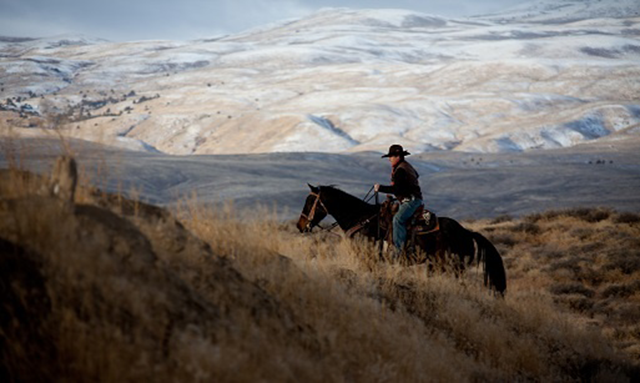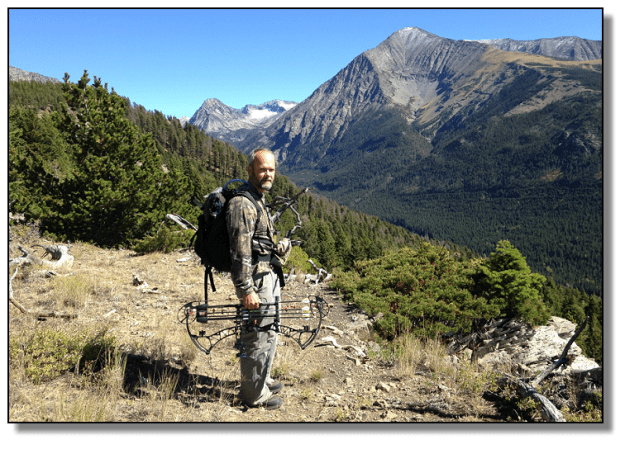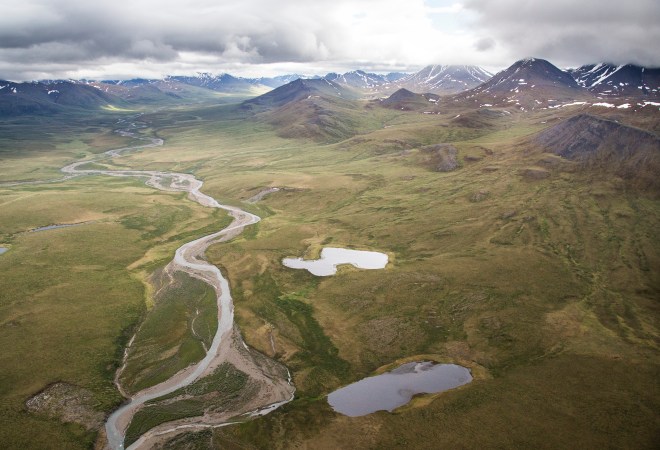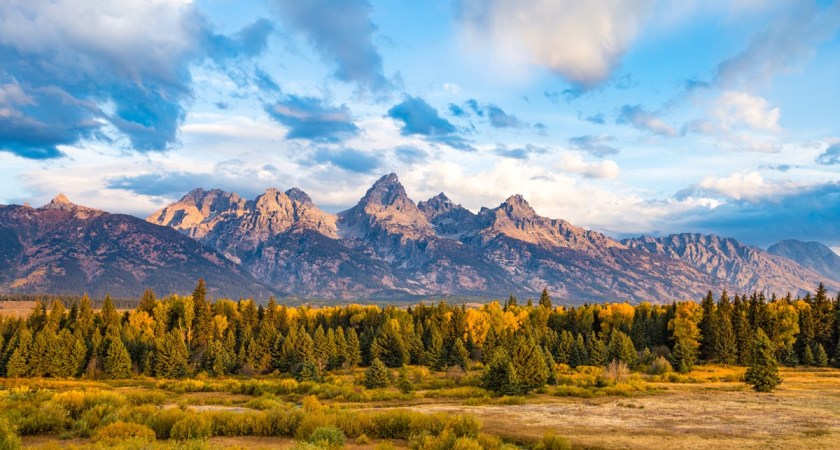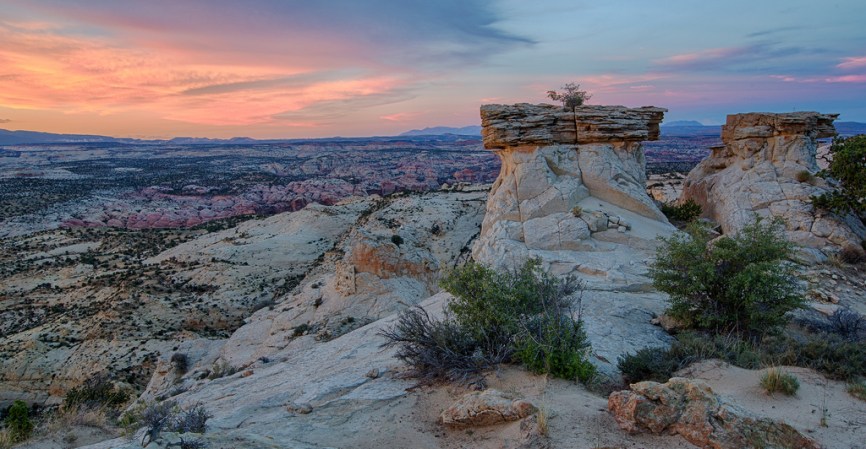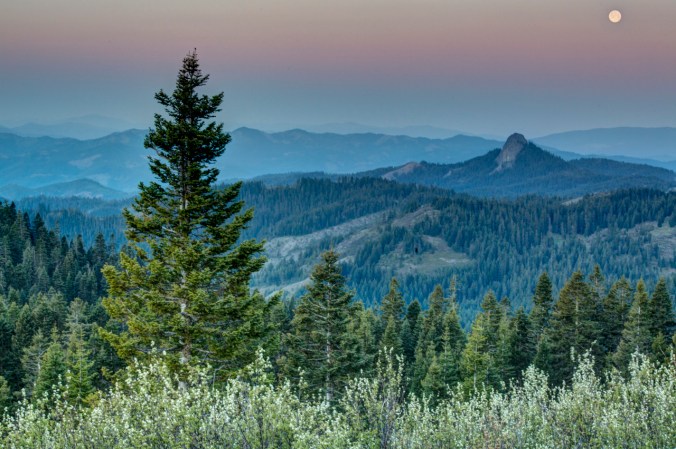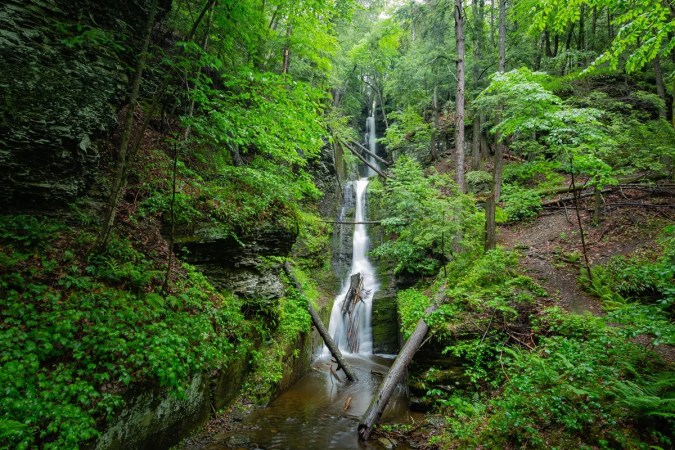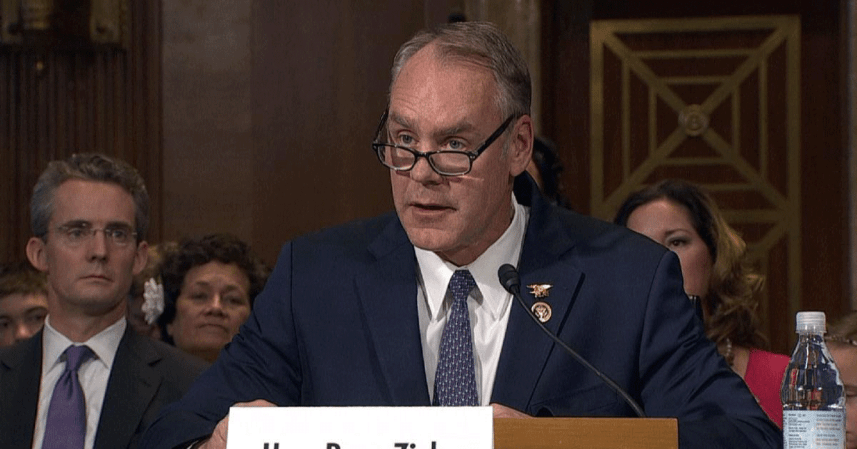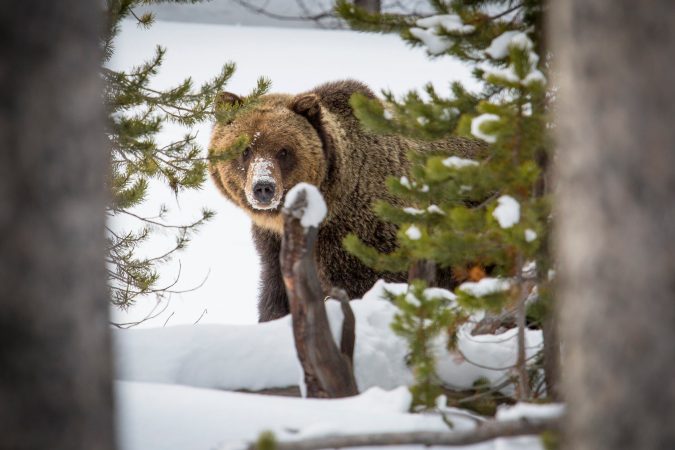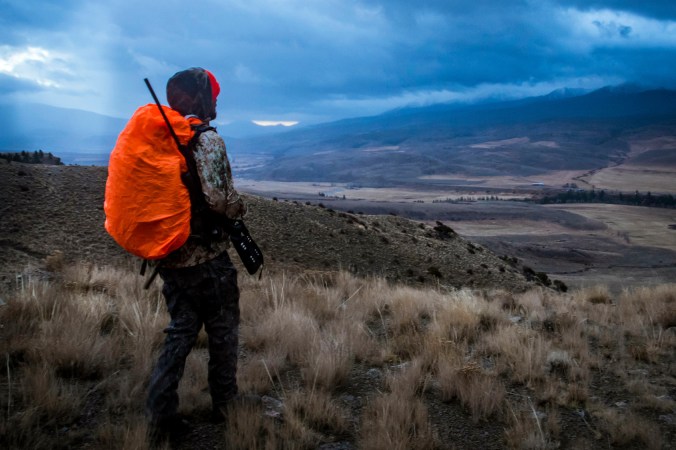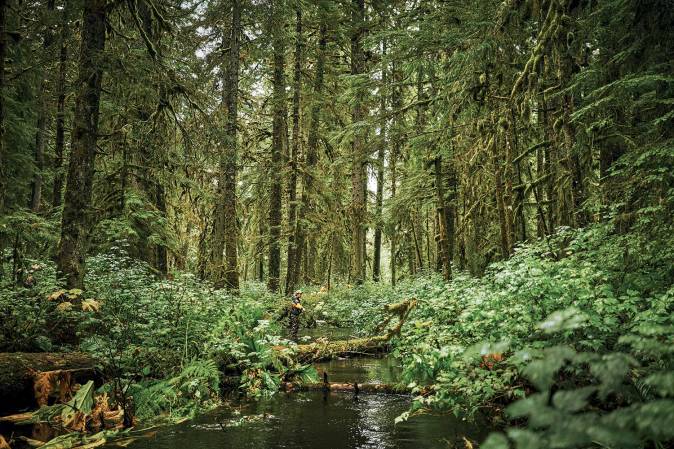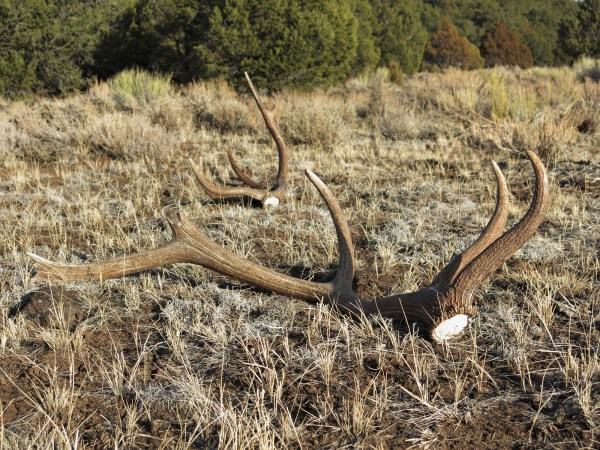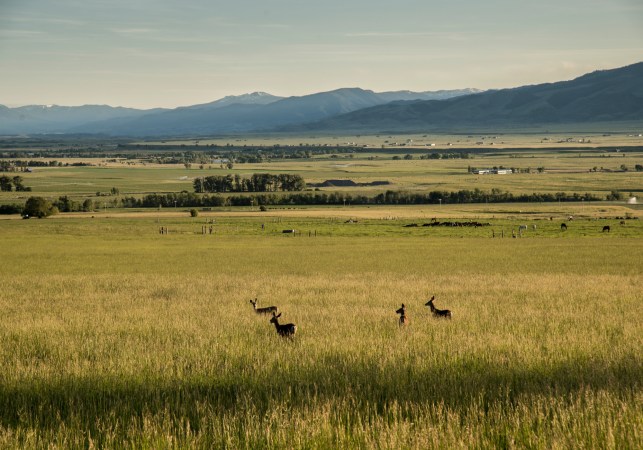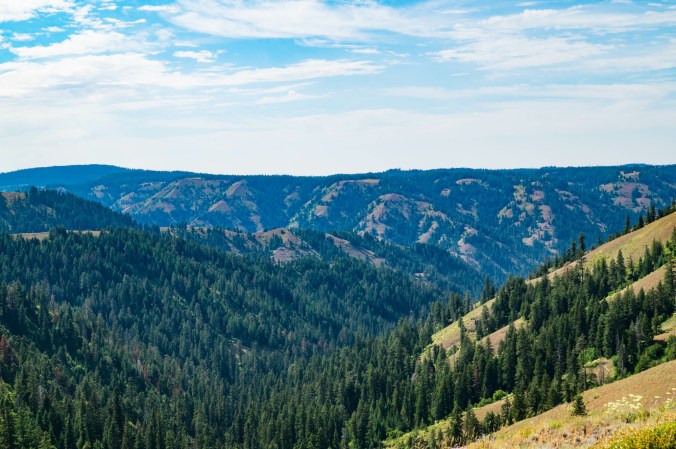Last week, I had a couple friends visiting from out of state to hike in to a lake on the local national forest. But first, I wanted to find out if the ice was thick enough for fishing through, and if the snow was deep enough to warrant snowshoes.
I called the local district ranger’s office, which is generally good for that kind of intel.
Not this time: My call went straight to the automatic message. Don’t bother to leave a message. No one is there to answer it. Forest Service employees, like their fellows at the local wildlife refuges and national park, were at home, not being paid, because of the government shutdown.
Political gridlock is a common scourge of Washington D.C., but this one is acute as Congress and The White House fight over budget priorities. One impact of that dispute is failure to pass a spending bill, forcing “non-essential” government workers have been furloughed since late December.
In some places, our public lands are literally being trashed as the folks paid to oversee them are left in limbo. In other places, the damage is more gradual.
The Forest Service, for example, manages about 200 million acres of public lands, prime land for hunting, fishing and adventuring. The agency employs about 34,000 people. That includes 10,000 fire-fighters (who tend to work seasonally) 700 law enforcement officers, and 500 scientists, foresters and the land managers. Plus, the folks who keep the green trucks running, pump out the outhouses, clear trails and maintain roads.
National forests, the woods themselves, are not “closed.” It’s basically impossible to keep people off 200 million acres. Just walking in the national forests, you probably wouldn’t notice any difference.
But those folks who spend their days planning timber sales, the habitat improvement projects, who maintain the campgrounds, are sitting at home not being paid. Over the long haul, the land will suffer from that.
National Parks are different. National Parks tend to be smaller than national forests (although big ones like Yellowstone still sprawl over 2 million or more acres). They attract more people who come seeking their scenic, historical, or natural treasures. The National Park Service employs some 25,000 rangers, interpreters, maintenance workers and other specialists. All but about 3,200 are furloughed, according to news reports.
Some national parks, like Joshua Tree in southern California and Civil War battlefields in the South, are seeing more abuse from the public. More human waste and litter left alongside roads and trails and more ATVs and dogs in places where they are disallowed, more souvenir-hunters combing over historic battlefields.
“We’ve never seen this level of out-of-bounds camping. Every day-use area was occupied every evening,” park Superintendent David Smith told National Parks Traveler. “Joshua trees were actually cut down in order to make new roads.”
The US Fish and Wildlife Service employs about 9,000 people that manage our wildlife refuges, work to recover endangered species, manage fish hatcheries and oversee federal programs like those sponsored by duck stamp dollars.
Is keeping all those professionals home and away from their work an immediate disaster? No. But the longer they are kept from their jobs the amount of damage done to our land and other natural resources adds up.
